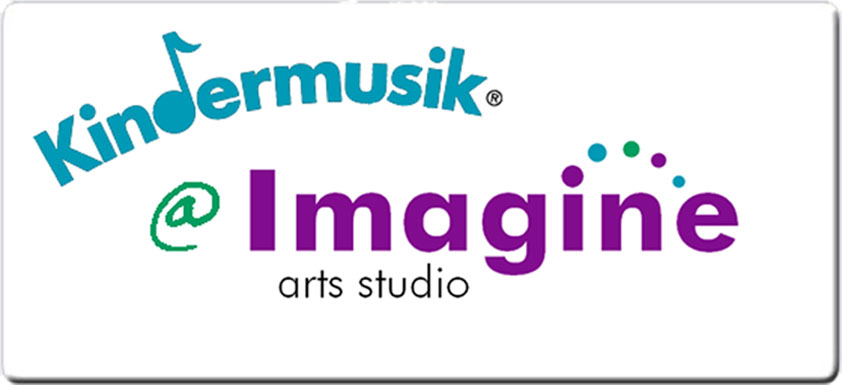In all Kindermusik classes, there is always emphasis on hearing, feeling, moving, and even “seeing” a steady beat. It may seem very elementary, but it is essentially the cornerstone of music.
More importantly, steady beat plays a huge importance in our speech, movement, thoughts and verbal organisation. From a baby’s first hesitant steps, he slowly finds his pace and soon starts to walk steadily and confidently. Our preschoolers who have a strong sense of beat would be able to use the scissors more skillfully. Ever watch a basketball game? The steady dribble of the ball before it is tossed smack into the basket require an acute sense of beat and timing. A master chef needs to have a command of steady beat in his knife skills. Even writers rely on a sense of steady beat and rhythm in their prose to produce a good read.
Because it is such a fundamental element, parents and teachers often do not give sufficient attention to the development of this very important underlying skill – a strong sense of beat. The consequence of insufficient steady beat experiences in early years can result in poor physical coordination, halting speech (in some cases, stuttering), and even weakness in thought flow. Would you have imagined that something so apparently a strictly musical characteristic can have such bearing on so many areas of our functioning?!
Here are some simple and fun activities that you can do with your child at home to reinforce the concept sense of steady beat:
Movement – Turn on the music and pretend to be a marching band. March, stomp or jump to the music. For younger babies, put them on your lap and bounce to a steady beat or dance with them around the room to the steady beat of the music.
Instrument play – Use the instruments from your home materials or make your own. An old pot and spoon will make a very fun ( and loud!) drum. Practice keeping a steady beat along with the music.
Reading – Nursery rhymes are a great way to introduce steady beat. Clap or tap along as you recite your child’s favourite rhymes.
Originally on the Kindermusik Asia Blog by Chiat Goh. Chiat is the Founding Director and Educator Mentor of Kindermusik Asia.


